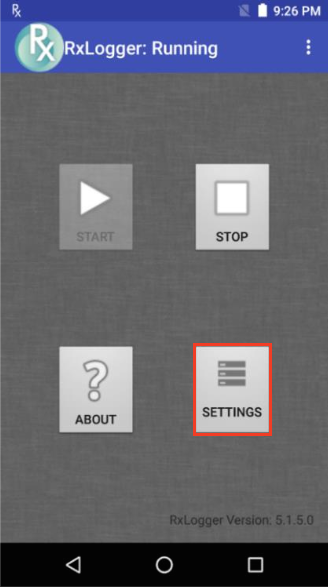

Now you can grab the log, click the highlighted button in the figure to clear the previous log, and then perform some operations on the mobile phone, such as making a call to answer the phone, etc., do whatever operation you want to capture the log. Options-> Message View Configuration-> Click on Known Messages (By Subsystem), the operation is the same as step 2.Ĥ. Set the information to be filtered, Options-> Log View Configuration-> Click on Known Messages (By Subsystem)Īnd select Android Qcril, because I want to see the log of qcril, so I choose, if you want to see other logs Can choose otherģ. After opening QXDM, select Options–> Communications, and select Auto add for Target Port to connect QXDM to the mobile phone.Ģ. Enter "adb logcat -b radio -b main -v time> log.txt" and press Enter to start capturing logs, and then perform some operations on the mobile phone, such as making and receiving calls, etc., do whatever log you want to capture What operation will save the log to the log.txt file in the root directory of the E drive.įinally, as for viewing the log, it is recommended to use UltraEdit software to open the log.txt, it is more comfortable to read the log, and it is also convenient to find things.ġ. Type "adb logcat -b radio -b main -c" and press Enter to clear the previous log.ĥ. As shown above, it means that the mobile phone is connected to the computer, and then enter exit to launch. After the computer is connected to the phone, enter "adb shell" to check whether the phone is connected to the computer.ģ.

Under Windows, press the shortcut key win + R, enter "cmd" in the input box, and then click OK.Ģ. Adb logcat is mainly used to capture the logs of radio and main, which can be used to analyze the process of the framework layer QXDM is mainly used to capture the log of Qcril, which can be used to analyze the process of the RIL layer under the Qualcomm platform.ġ.

Today, let me talk about the two log-capturing tools adb logcat and QXDM that I used when learning telephony.


 0 kommentar(er)
0 kommentar(er)
